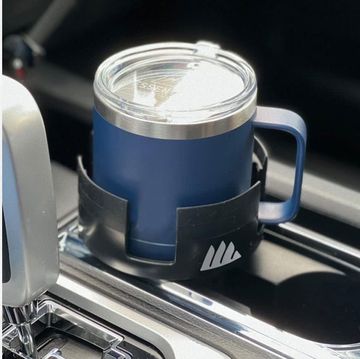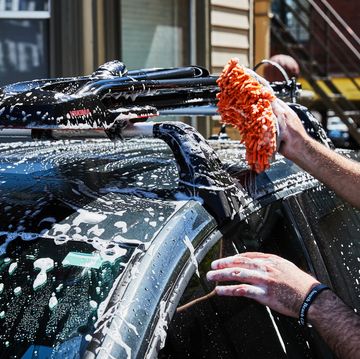If you're looking to optimize your current car audio system, or even replace your old system for something with a little more grunt, then don't pay someone else to do it. You can save money with a DIY car-amplifier-installation project.
What You'll Need
Most amps will come with a complete wiring kit. But if yours does not, you'll need the main power wire, an inline fuse (use the size wire and fuse that the amp manufacturer recommends), a ground wire, RCA cables, speaker wires, remote turn-on wire and connector plugs to suit head unit, amp and speakers (some units may just require bare-wire connections).
The amount of space you have to work with will help determine the size amp you buy. A common place to fit an amp is in the trunk or luggage compartment of your car. However, if you're driving, say, an SUV, space becomes limited and you'll need to consider mounting the amp under, behind, or between the seats.
Another consideration is that amps generate heat—hence the need for cooling fans. They should always be placed in a position that allows maximum airflow. If you're fitting subwoofer speakers in a box, mounting the amplifier on the side of the box is a good option. Mount them up high to avoid damage and maximize airflow.
The next thing to consider is how you're going to route the wiring from the amp to the head unit of the stereo and the power wire to the battery. It's best to run the wiring underneath floor trimmings that run along the bottom door sills, following preexisting wiring looms where possible. RCA cables should be routed on the opposite side of the car to the power wires to avoid interference. Always keep in mind the position of your battery in the engine bay and make the most direct path to it with the main power wire.
In most cases, the main power wire to the battery will have to pass through the firewall. Wherever possible, try to use existing holes, following an existing wiring loom. If this isn't possible, you'll have to drill a new hole through the firewall.
Fitting
1. Ensure that you have enough wiring for the job. If you're short on wiring, either order more or locate the amplifier to suit the wiring that you have.
2. Disconnect the positive battery terminal before commencing any work. Be sure that you know what's behind the spot where you are about to drill to avoid damaging any components.
3. Start with a small pilot hole using a steel drill bit, then drill the hole out to the appropriate size. You'll need to fit a rubber grommet to avoid damaging the wire with the sharp steel edge of the hole, so drill to fit the size of the grommet.
4. Paint the bare metal surface around the drill hole to avoid getting rust in the hole, and fit the grommet.
5. Position the amp in place and mark out the mounting holes with a pencil or marker. Again, check the underside of all surfaces before drilling, then drill away and secure the amp using mounting screws.
6. Run all your wiring out to the appropriate places and cut to length, always leaving yourself a bit extra. A bit of slack in the cables is better than having them too tight.
Wiring It In
1. Cut the insulation off the end of all the wires and leave enough space to attach connector plugs. Some systems will only require you to use bare wires as a connection. If this is the case, bare the wires back just the right length to suit the depth of the connection sockets.
2. Connect the ground wire to a metal point connected to the car's chassis or a dedicated grounding point. Ensure the ground wire connection is to bare metal. Remove any painted, rusted or dirty surfaces with a file or sandpaper to ensure a good ground connection.
3. Plug your RCA leads, speaker leads and remote turn-on lead from the amp into the back of the head unit. If your head unit doesn't have a remote turn-on wire, you'll need to wire the amp's remote turn-on wire to either the power wire to your head unit, or another power wire running from your accessories setting on the ignition switch. This needs to be done to avoid having the amp stay switched on when you turn your ignition off, draining your car's battery flat.
4. Connect the front, rear, and subwoofer speaker wires from the amplifier to the corresponding speakers.
5. Run the power lead from the amp (ensuring that it's on the opposite side of the car to your RCA cables) through the hole in the firewall and to the battery.
6. Install the inline fuse into the main power wire, crimping all connections and lead ends. The fuse holder may have to be mounted to a solid structure in the engine bay, depending on its size. To protect the car's electrical system, install the inline fuse as close as possible to the battery.
7. Connect the amp's main power wire to the positive battery lead and reconnect the positive battery lead to the positive battery terminal.
8. Secure all wiring using cable ties.
9. Test all operation by using the balance, fade, and subwoofer settings on the head unit to make sure each individual speaker is working without static or distortion.













